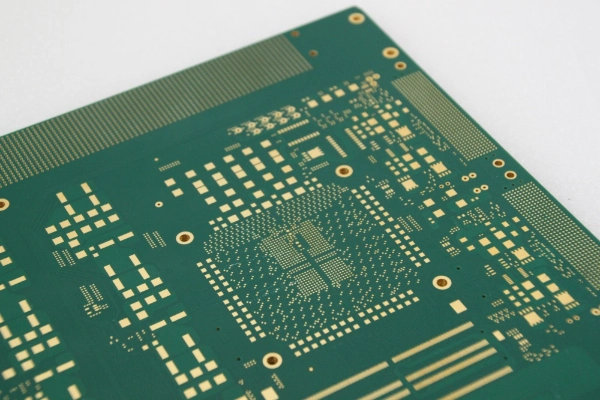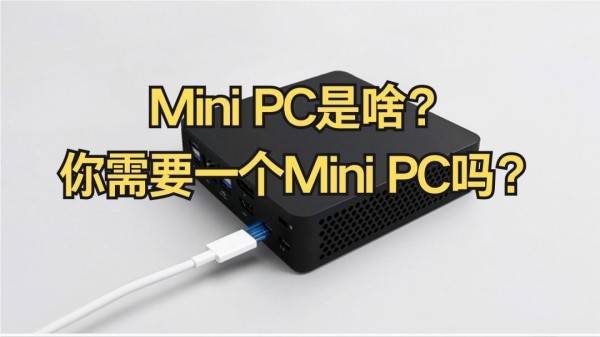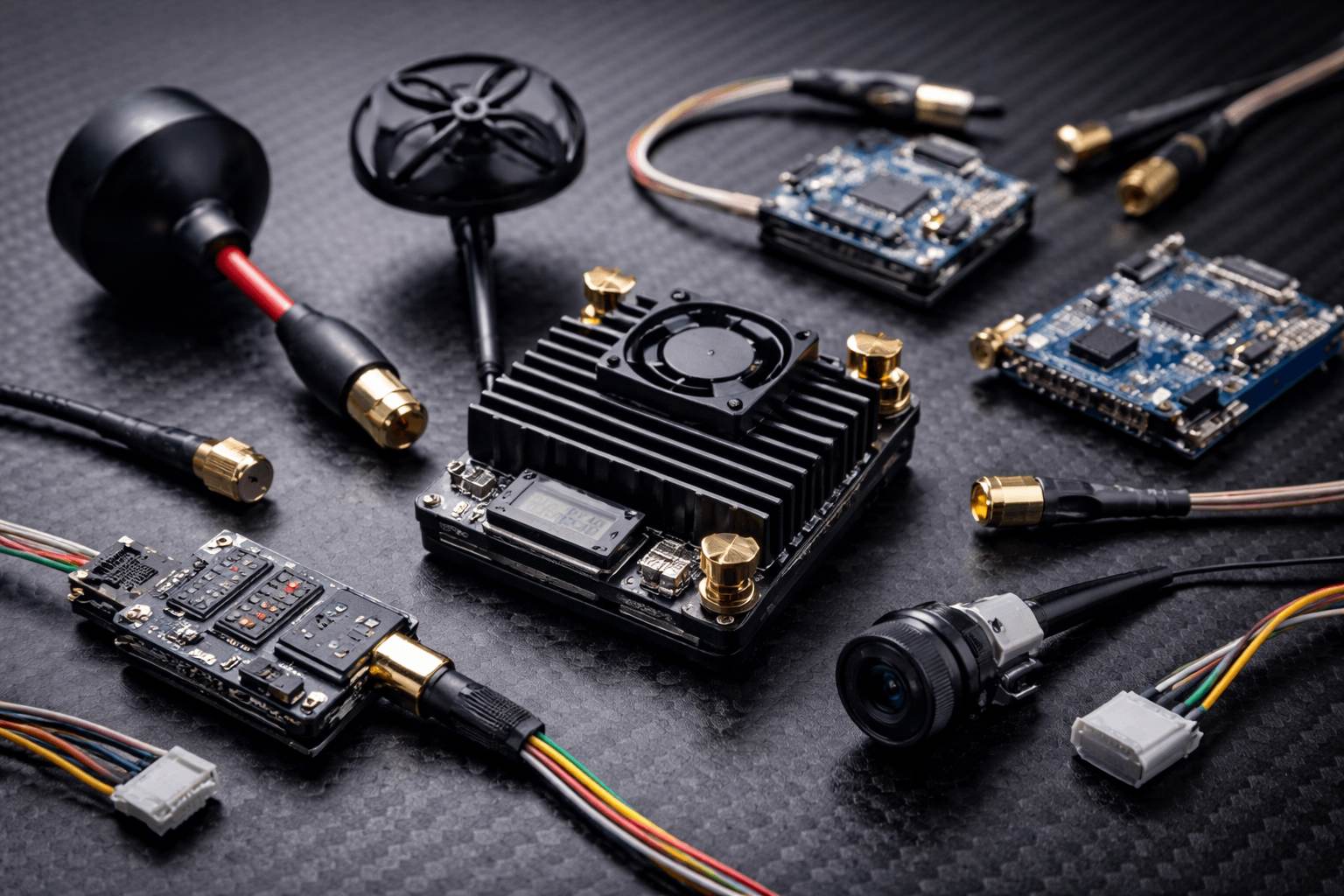
In the world of electrical engineering, capacitors play a crucial role in the smooth operation of DC circuits. These electronic components store and release electrical energy, ensuring stable voltage levels and filtering out unwanted noise. However, when a capacitor fails, the consequences can be catastrophic. In this article, we will delve into the various scenarios that unfold when a capacitor fails in a DC circuit, exploring the potential risks, impacts, and troubleshooting methods.
- Voltage Spikes and Circuit Damage:
When a capacitor fails in a DC circuit, it can lead to voltage spikes, causing sudden and excessive increases in voltage levels. These spikes can damage sensitive electronic components, such as integrated circuits, transistors, or microcontrollers. The sudden surge of voltage can exceed the maximum ratings of these components, resulting in irreversible damage and rendering the circuit inoperable. - Electrolytic Capacitor Explosions:
One common type of capacitor failure is the explosion of electrolytic capacitors. These capacitors contain a liquid electrolyte that can evaporate over time, causing the capacitor to dry out. When the electrolyte dries out completely, the internal pressure can build up to dangerous levels, leading to a catastrophic explosion. This can pose a significant safety risk, especially in electronic devices that are in close proximity to humans. - Ripple Current and Power Supply Instability:
Capacitors are often used in DC circuits to smooth out voltage fluctuations and reduce ripple current. However, when a capacitor fails, it can no longer perform this function effectively. As a result, the ripple current increases, leading to power supply instability. This instability can cause malfunctions in electronic devices, affecting their performance and potentially causing data loss or system crashes. - Overheating and Fire Hazards:
In some cases, a failed capacitor can generate excessive heat due to increased resistance or short circuits. This heat can lead to further damage to surrounding components and, in extreme cases, can even ignite nearby flammable materials, posing a fire hazard. It is crucial to identify and replace failed capacitors promptly to prevent such hazardous situations.
Troubleshooting and Prevention:
To mitigate the risks associated with capacitor failure in DC circuits, it is essential to implement regular maintenance and testing procedures. Some effective troubleshooting and prevention methods include:
- Visual Inspection: Regularly inspect capacitors for signs of physical damage, such as bulging, leaking, or discoloration.
- Capacitance Measurement: Use a multimeter to measure the capacitance of capacitors and compare it with the manufacturer's specifications.
- ESR Testing: Employ an equivalent series resistance (ESR) meter to measure the internal resistance of capacitors, as an increased ESR value can indicate a failing capacitor.
- Temperature Monitoring: Implement temperature monitoring systems to detect abnormal heat generation in capacitors and take necessary actions promptly.
Conclusion:
When a capacitor fails in a DC circuit, the consequences can range from circuit damage and power supply instability to fire hazards and safety risks. Understanding the potential risks and implementing preventive measures is crucial to ensure the reliability and safety of electronic devices and systems. Regular maintenance, testing, and prompt replacement of failed capacitors are essential practices to prevent catastrophic failures and their associated consequences.





